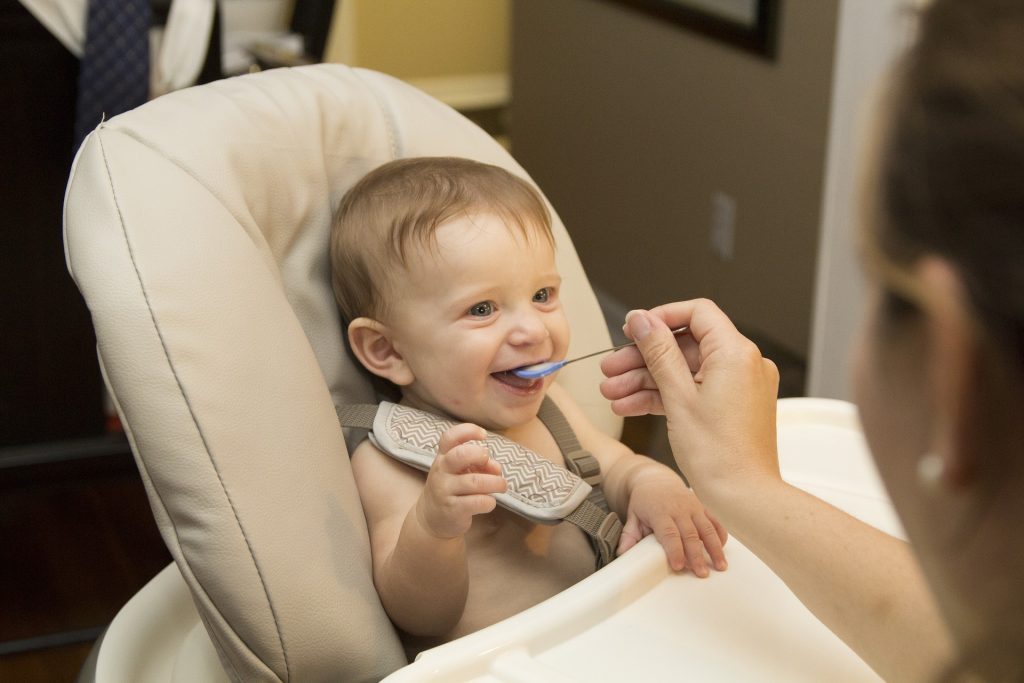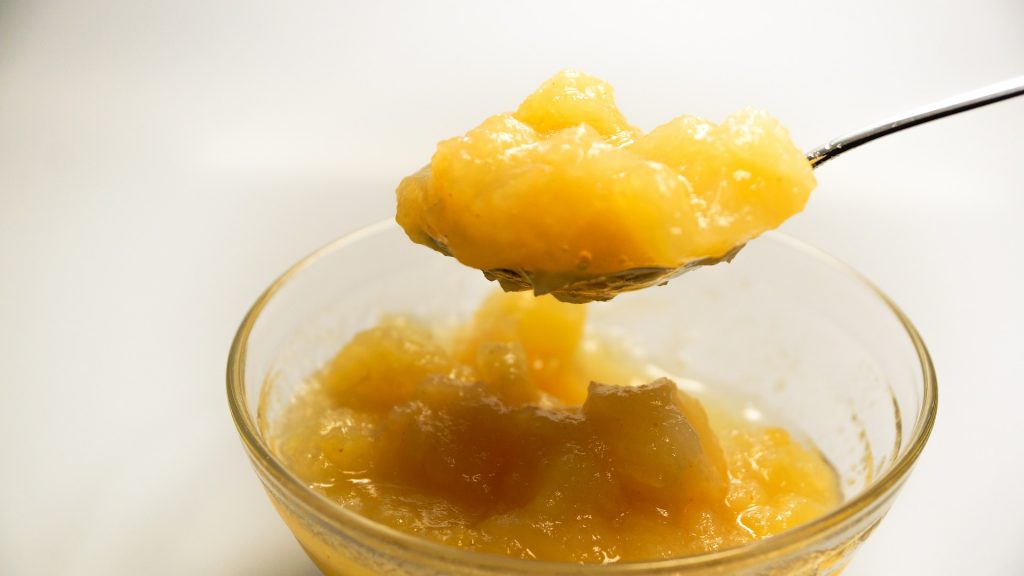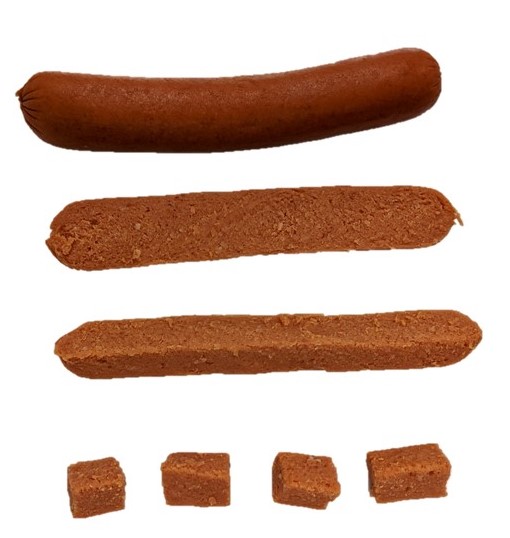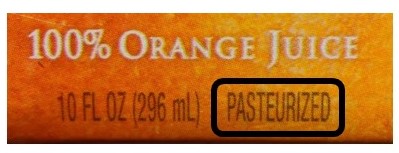Safe food handling is critical when feeding babies – they are more susceptible to foodborne illnesses since their immune systems are still developing.
Follow these tips to help protect the health of young ones!

Safe Handling of Baby Food
Making your own baby food: Making your own baby food can be a great way to have more control over what your child eats and save money. Also, your baby can eat the same food as other family members, though in a more pureed form. If you choose to prepare baby food, safe food handling practices are essential.
Purchasing baby food: When purchasing baby food from the store, check that containers are clean and do not look damaged. Check use-by dates and listen for a pop when opening a jar, which indicates the vacuum seal did not break before use.
Storing baby food: If you feed a baby directly from a baby food jar, do not put the jar back in the refrigerator. Throw away uneaten food because bacteria from saliva can contaminate remaining food. To prevent waste, put a serving size of the food on a dish before feeding and refrigerate the opened jar and remaining contents.
Heating baby food: Transfer jarred baby food into a dish, then microwave. Stir and test the temperature, ensuring it tastes or feels lukewarm. Use the stovetop instead of the microwave for meat and eggs to prevent overheating and splattering.
Baby Feeding Tips
- Offer a variety of fruits, vegetables, grains, and other foods to encourage your child to develop healthy eating patterns and a taste for different flavors.
- Children may need multiple exposures to a food before they like it.
- Transfer baby food to a separate serving dish instead of feeding directly from the container to prevent contamination of the food.

Watch for Allergies
Observe young ones closely during and after feeding to make sure there are no bad reactions to a food. Symptoms of food allergies include:
- Hives
- Vomiting
- Rashes
- Difficulty breathing
Prevent Choking
Infants and toddlers have small airways and are still learning to chew and swallow, placing them at a higher risk of choking. Introduce solid foods to infants at the appropriate time.
- Do not put cereal or food in baby bottles, this could present a choking hazard.
- Mash soft foods (like bananas) or cut them into smaller pieces, less than ½ -inch. Cook and mash hard foods, like carrots.
- Round foods like hot dogs and grapes are common choking hazards and are not recommended for young ones. Always cut spherical and cylindrical foods into smaller, bite-sized pieces before serving.
- Starting at 6 months, cut grapes into bite-sized pieces by halving or quartering them, lengthwise.
- Mash hot dogs for the first 12 months. After one year, cut hot dogs in quarters, lengthwise. Then, cut into smaller bite-sized pieces.

Read more about preventing choking in babies from the CDC.
Foods to Avoid
- Unpasteurized milk and juice: Always serve pasteurized milk and juice because raw milk and unpasteurized juice can harbor harmful bacteria.
- Raw and undercooked meat, poultry, seafood, and eggs: Ensure foods are cooked or reheated to safe internal temperatures.
- Honey: Wait until your baby is 12 months or older before introducing honey because it may contain bacterial spores that can cause infant botulism.

Babies depend on adults to practice safe food handling. You play a key role in keeping young ones healthy!
Explore CDC resources for more information on safely feeding babies.


